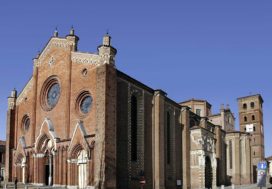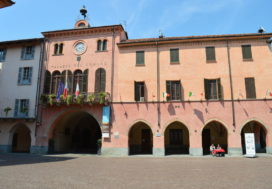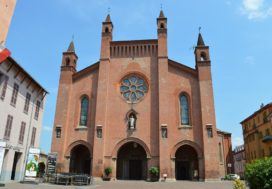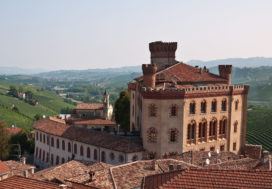VICENO
Viceno is a part of Crodo, in Alta Ossola. The old village, inhabited by less than 100 people, is a jewel at the foot of the mountains. It still preserves the most of the old houses built with stone and the snowy roofs in winter turn it into a fairytale village. The Casa Museo della Montagna is an exhibition of the ancient lifestyle of the farmers. In summer you can find many walking or mountain bike routes with new great views of the Valle Antigorio.
MOZZIO
Mozzio, part of Crodo, is a small village with antique houses. The village offers suggestive corners, such as the church of San Giacomo and its beautiful bell tower with clock; among the alleys there are eight stone fountains of the nineteenth century. In addition the Sanctuary of Our Lady of Life, detached from the village, is reached by a route surrounded by the nature, inside you can find the frescoes of Borgnis, dated 1751.
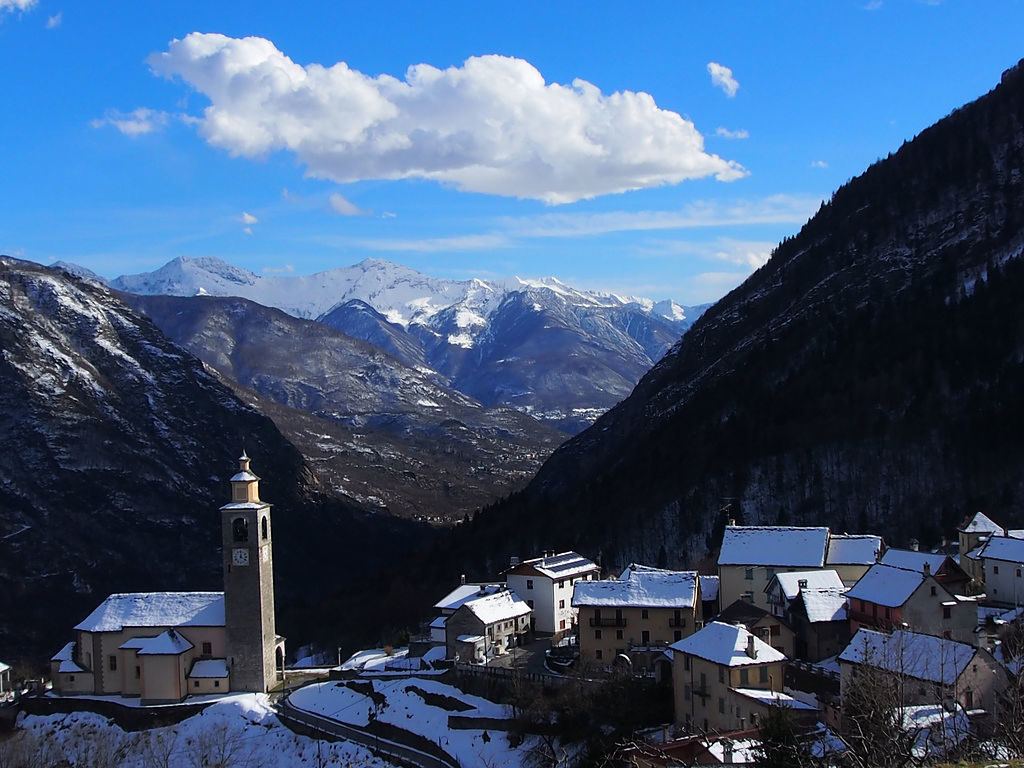
Mozzio, photo hiveminer
CRAVEGNA
In Cravegna, the largest of the villages that form Crodo, you can visit the Church of San Giulio. Built in the 13 th century in Romanesque Gothic style on a pre existing building, it consists of three naves decorated with beautiful frescoes. Around Cravegna we can find many chalets and shelters used during winter by shepherds, today some of them have been turned into accommodation facilities and hotels.
OIRA
Oira is a lovely little village on the shore of Lake Orta. It is formed by three parts: Villa Inferiore, Villa di Mezzo and Villa Superiore. In Villa Inferiore you will find the village of Canova, a beautiful example of how it is possible to keep intact traditions and architecture. The village boasts medieval houses built with dry stone method, and its community is the promoter of this construction method that preserves the image and the landscape without damage the mountain and its environment. The recovery of old homes is the first step towards sustainable architecture. Just minutes from Oira there is the village of Ghesc, an uninhabited village that is used as a lab for students.
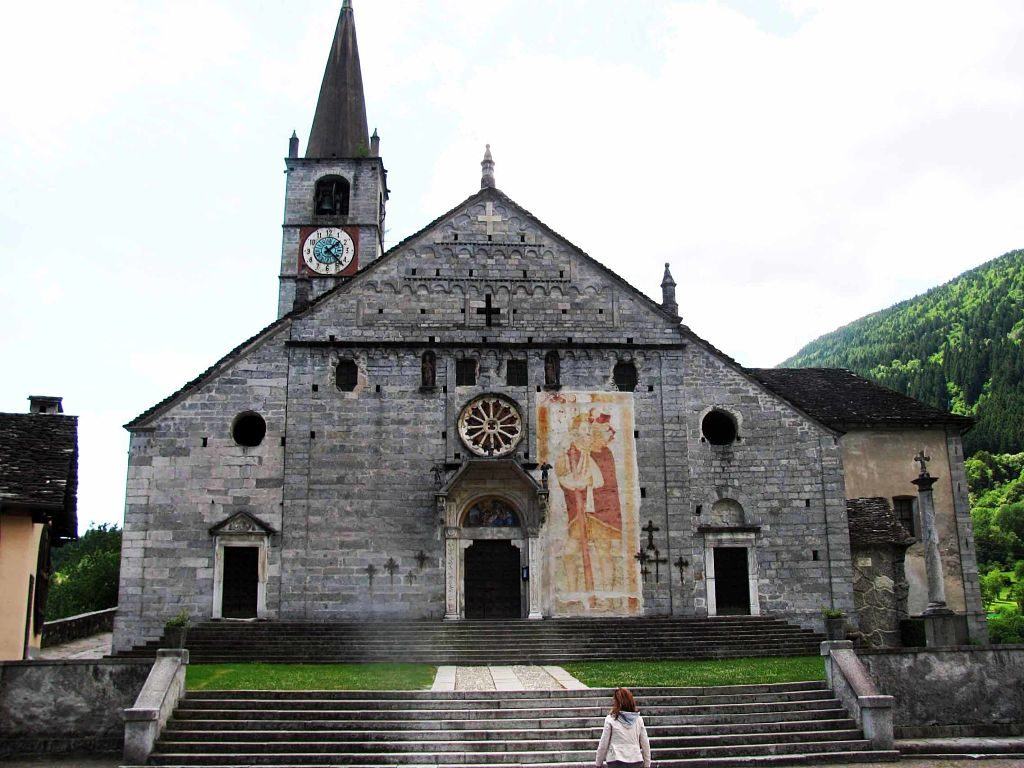
Monumental Church of San Gaudenzio, Baceno photo mapio
BACENO
In Baceno, the Monumental Church of San Gaudenzio dates back to the 13th century and is a beautiful example of Roman Gothic style. Inside we find the 16th century frescoes with the most significant Crucifixion scene. The Church is made up of 5 naves divided by 4 colonnades. The facade is characterized by an imposing fresco representing Saint Christopher at the right of the portal.
From the church, a marked path, leads to the village of Verampio, from where you proceed to the Orrido Sud, the most spectacular of the Uriezzo Orridi. The Orridi are natural canyons formed by the action of glaciers.
PIERO PORTALUPPI HYDROELECTRIC POWER PLANTS
In the Valle Antigorio at the beginning of the 900s, hydroelectric power began to be exploited thanks to new turbine power plants. The Verampio power plant, built in 1914, is the oldest in Italy and represents the beginning of a fundamental industrial development for the country. The architect Piero Portaluppi realized beautiful buildings, exploiting the local stone and decorating with turrets and windows.



